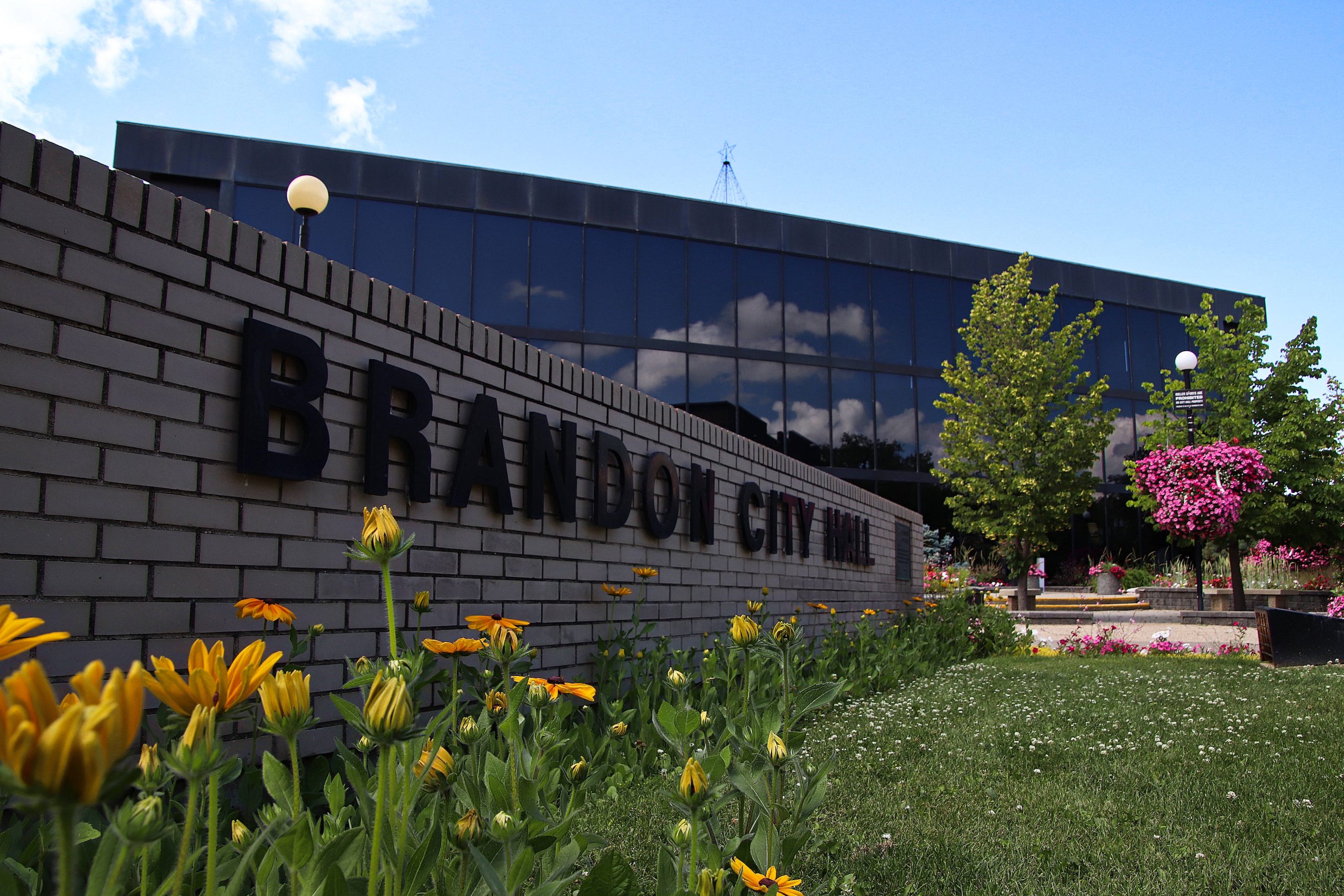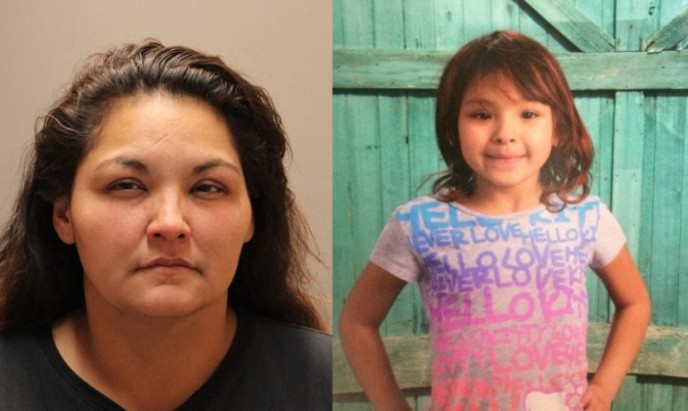Western Manitoba on the Leading Edge of Art Therapy
 December 1, 2016
December 1, 2016
Pictured: Kim Burgess in her new art therapy space inside the Inspire Studio of Fine Art in Minnedosa
While Minnedosa celebrates the addition of another professional service to their line-up of health care practitioners in the downtown core, Birtle shares in that success with an expansion of a local business to a wider clientele. On the heels of the “What’s the Big Idea?” entrepreneurship event in Neepawa, both communities can claim a victory.
Minnedosa’s Kim Burgess was called to the stage four times as awards were handed out in nine categories at the entrepreneurship event including the RBC award for “Best Pitch of the Day”. Her proposal, to open a satellite office of Valley Art Therapy & Associates in Minnedosa sees her as part of an expressive arts community where only a few practice rurally.
Art therapy has been celebrated by the health and wellness community to help people who struggle with trauma to productively communicate their emotions and stresses through different means. This includes painting, drawing, sculpting and even opportunities for role play using a sand tray allowing persons to play out complex issues in a very contained, controlled environment. This approach is also seeing increased delivery to help engage persons suffering from Alzheimer’s disease as the opportunity to create activates areas of the brain and promote general wellness with those patients.
In the Westman/Parkland region, her addition to the field doubles the roster of available providers. The area’s most experienced practitioner is Lori Boyko, the founder of Birtle’s Valley Art Therapy.
“It’s very exciting,” says Boyko of the Big Idea win and opening a location in Minnedosa. “It expands our availability to help more people. From Birtle, we are serving clients from as far away as Swan River. Opening a Minnedosa location significantly expands our service radius.”
Boyko has committed more than two decades as an educator and therapist holding a Master’s Degree in Counselling with a specialty in art therapy. Returning home from British Columbia to rural Manitoba to launch her own private practice wasn’t without its initial challenges.
“There were no roadblocks,” Boyko recalls. “Instead, there were just more initial opportunities to provide education about art therapy.”
Since she began, Boyko has seen her practice grow to a volume of clients that required her to hire additional staff, which opened the door for Kim Burgess to work with her since June 2015. Boyko describes that the long standing relationship of her practice in the community has seen the public warm up to the discipline and over time it has become increasingly accepted.
Burgess is a certified Counsellor with the Canadian Counselling and Psychotherapy Association and has been employed as an educator and counsellor in the school system with the Rolling River School Division for several years. Her pursuit of opportunities in the more specialized field of art therapy serves as an extension of her present role.
“I love working in the school setting,” says Burgess. “There are definitely parallels with my work in the school and with art therapy that are both rewarding in their own way. Both roles really complement each other.”
Both Boyko and Burgess are looking at the new Minnedosa office as a collaboration that will benefit the community at large and expand the capacity to help people in need.The new location in Minnedosa is set in the seemingly appropriate setting inside the Inspire Studio of Fine Art, a mecca of regional creativity featuring the work of more than 36 Manitoba artisans. Incidentally, Marlies Soltys, the curator of the gallery also points to her 2015 success on stage at “What’s the Big Idea?” for helping to launch her gallery as well.
For more information about art therapy in western Manitoba, visit valleyarttherapy.com.


![]() April 7, 2025
April 7, 2025![]() April 6, 2025
April 6, 2025![]() April 4, 2025
April 4, 2025
![]() December 11, 2016
December 11, 2016
![]() December 9, 2016
December 9, 2016
![]() December 2, 2016
December 2, 2016
![]() December 1, 2016
December 1, 2016
![]() November 30, 2016
November 30, 2016